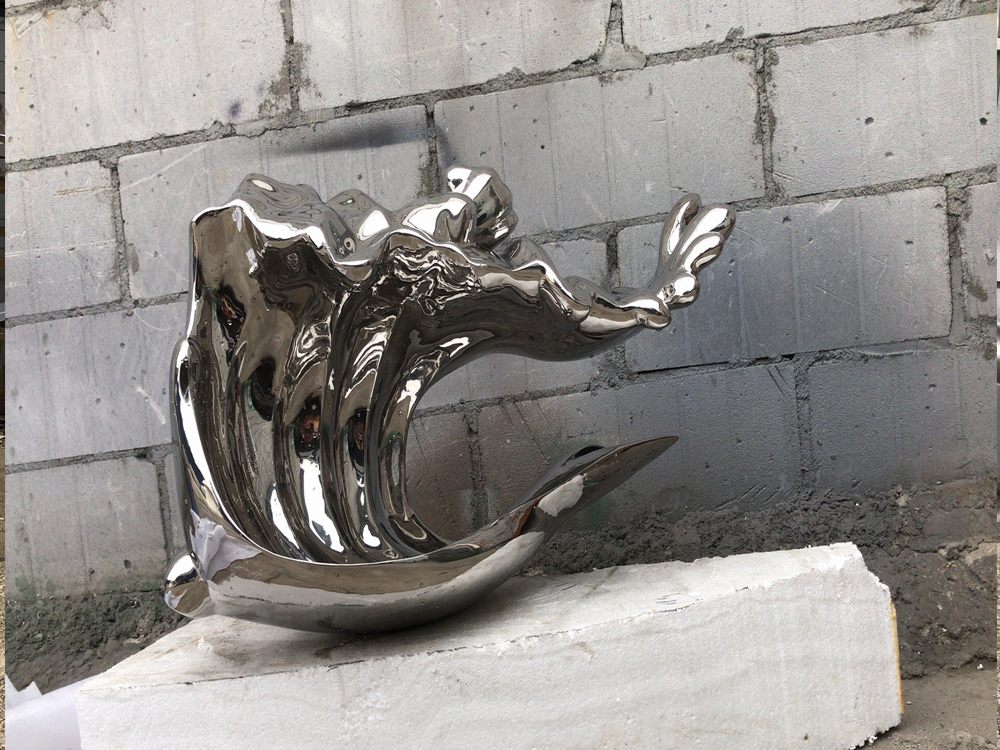
In the evolving landscape of contemporary art, porcelain sculptures have emerged as a powerful medium for exploring the ethical dilemmas posed by artificial intelligence. Artists are leveraging the fragility and permanence of porcelain to mirror the dualities of AI—its potential for beauty and its risks of unintended consequences.
One striking approach involves embedding AI-generated designs into traditional ceramic techniques. For instance, some creators use algorithms to produce intricate patterns, which are then handcrafted into porcelain pieces. This fusion raises questions about authorship: Is the artist the human, the machine, or both? The tactile imperfections of porcelain—cracks, glaze variations—deliberately contrast with AI’s precision, reminding viewers of humanity’s irreplaceable role in art.
Other works critique AI’s bias and opacity. Porcelain figures with distorted or fragmented faces, shaped by biased datasets, visually manifest the dangers of unchecked AI. The material’s historical ties to luxury and colonialism further deepen these commentaries, linking past exploitation to modern technological inequities.
By marrying ancient craftsmanship with cutting-edge themes, these sculptures invite viewers to reflect on AI’s ethical boundaries. They challenge us to consider whether technology elevates or diminishes artistic integrity—and who bears responsibility for its impact.

